Robots speeding up material handling
The Robot Driven Logistics Industry
Solving the logistics labor puzzle: Choreographing a Tango of Robots and Human Labor in Warehouse Operations
Sneaker and Sportswear Retailer's New Mezzanine and Ground Floor Feature ResinDek Robotic Flooring
ABB unveils its innovative mobile robot with Visual SLAM AI-technology and AMR Studio® Suite
How to Handle Post-Holiday Returns with Warehouse Automation
Introducing Titan, Amazon's new mobile robot that can lift up to 2,500 pounds
Preparing Your Facility for Mobile Robots: Key Considerations for Seamless Integration
Important Trends Impacting the AMR Space
Transforming Manufacturing Processes with AMRs: Boosting Efficiency and Adaptability
Geek+ drives automation of advanced BMW-producing plant in China
Solving Manufacturing Challenges with Autonomous Mobile Robots
AI-powered Perception Engine for Mobile Robots
10 Key Questions to Evaluate AI-Powered Automation
Enabling AMR Customer Success Through Inductive Charging Technology
Records 31 to 45 of 97
First | Previous | Next | Last
Featured Product

ElectroCraft's Motion Control for Mobile Robots
Robotics and Automation - Featured Company


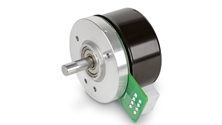

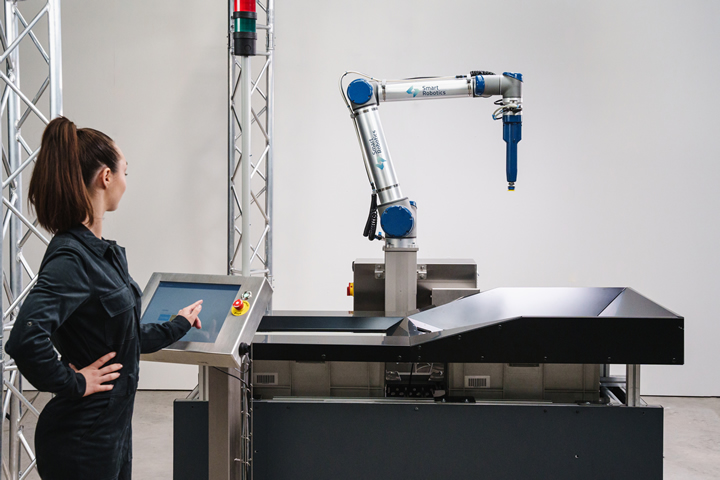



.jpg)

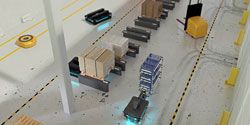


_mp4_00_00_37_23_Still004.jpg)
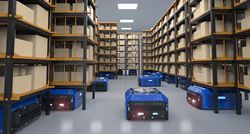
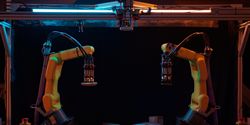
.jpg)